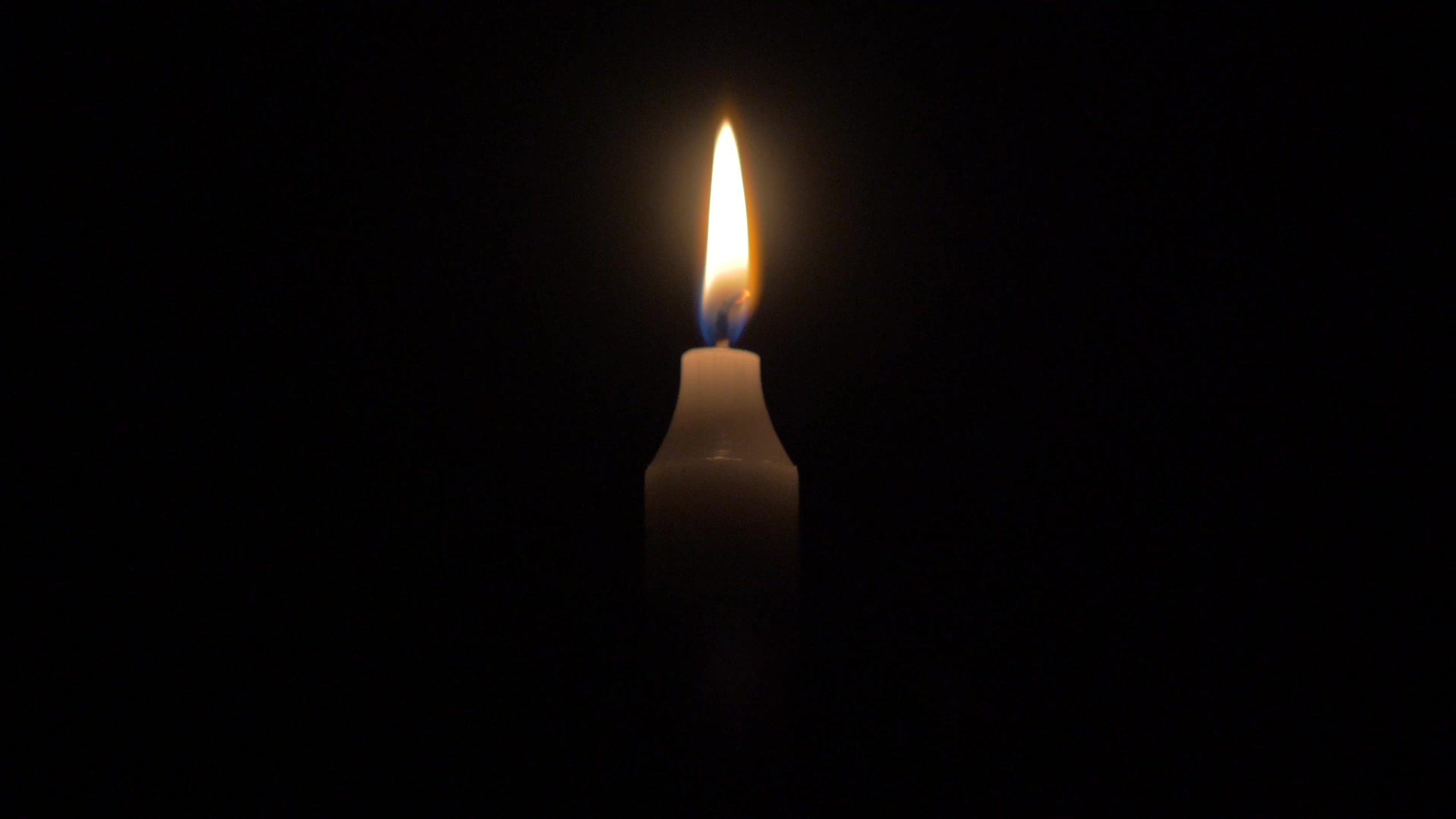DESPITE the appointment of a new minister of electricity and promises from the government that it will push forward with urgency in delivering on the energy action plan, South Africa’s load shedding outlook is worse than ever.
A graph published by the Bureau for Economic Research (BER) this week shows that energy shed from the grid — expressed as total gigawatt hours shed — so far in 2023 is worse than it has ever been. This is even relative to the 2022 hours shed, which were already the worst on record.
In the BER’s graphic, it is evident that load shedding started to escalate dramatically in the middle of 2022. This was during a period of high winter demand, exacerbated by a labour dispute by power plant workers over pay.
At the time, South Africa was pushed into stage 6 load shedding for the first time since 2019. Since then, however, stage 6 load shedding has become more frequent, and has lasted much longer. The BER’s data shows that the levels of load shedding in just the first two months (and a few days into the third) of 2023 are already at the levels seen between January and October 2022.
What’s incredibly worrying about the data is that record levels of load shedding occurred over South Africa’s summer months, which tend to be periods of relatively low demand. Winter months — which start from around June — typically see the highest demand.
This puts Eskom and the government on a tight deadline to address the current energy generation crisis, either through proper maintenance or by adding more capacity to the grid, before the winter months kick in.
If this isn’t achieved, demand will ramp up in winter as it always does, and Eskom will be forced to implement even higher stages of load shedding to protect the grid from collapse. The BER’s data is also harrowing on another level, as it indicates that South Africa is setting new records for ‘worsts’ after a slew of these occurred in 2022.
According to data from the Council for Scientific and Industrial Research (CSIR), 2022 overtook 2021 as the most intensive load shedding year on record, with more than four times more outages than the year before. The year also far exceeded 2019’s stage 6 load shedding, the CSIR said. The collective in the three months of July to September 2022 was more load shedding experienced in any year before.
December 2022 on its own was more load shedding than in any year before, it said. It was also the first year that most of the load shedding was in stage 4, not stage 2. All available data points to a worsening energy situation. 2023 looks like it will be beating all these records. These are not empty warnings, either.
Despite assurances from authorities that load shedding will be managed over winter, energy experts, analysts and anyone who looks at the available data do not carry the same confidence. Experts have warned for months that stage 7 and 8 load shedding is expected in the middle of the year. Using available data and plotting forward-looking trends, analysts anticipate that, without significant intervention, the country will even move beyond stage 8 in 2023. The alarm bells are ringing from within Eskom as well.
The group’s System Operator has already confirmed that the energy sector and energy regulator are working on expanding load shedding schedules beyond stage 8 – although it has been stressed that it doesn’t necessarily mean the country will go there. In addition, self-imposed timelines and targets set at the start of the year are already falling through.
Eskom told lawmakers in January it planned to increase production from six struggling facilities by 1,862 megawatts by the end of March. It confirmed this week that it would not meet this target. Board chairman Mpho Makwana told the nation in January that the group would restore its Energy Availability Factor to 60% by the end of March.
Eskom acting head of generation, Thomas Conradie, said in February that this won’t be happening. In the meantime, the national government has done very little to address the energy crisis in the short term.
While the energy action plan plots a path forward for the country to exit the load shedding crisis, building new capacity, maintaining current capacity, and rolling out initiatives like rooftop solar tax breaks and funding schemes will take years to bear fruit. By the government’s own admission, most of its plans will only see South Africa exit the crisis in 12 to 18 months — and that’s if everything goes perfectly, with no stumbling blocks along the way. — businesstech








